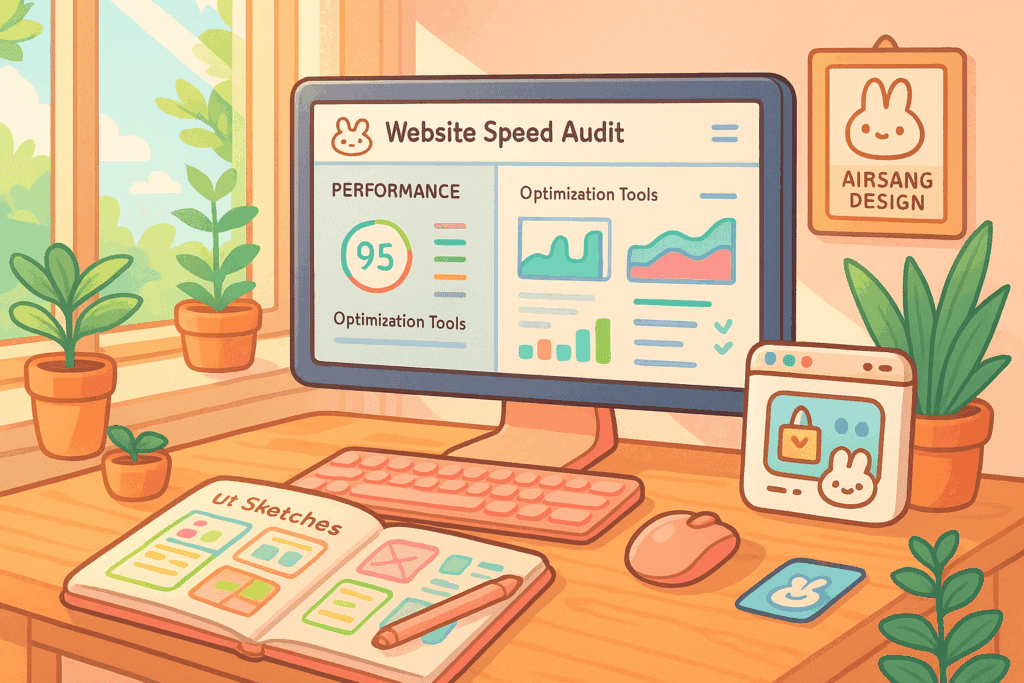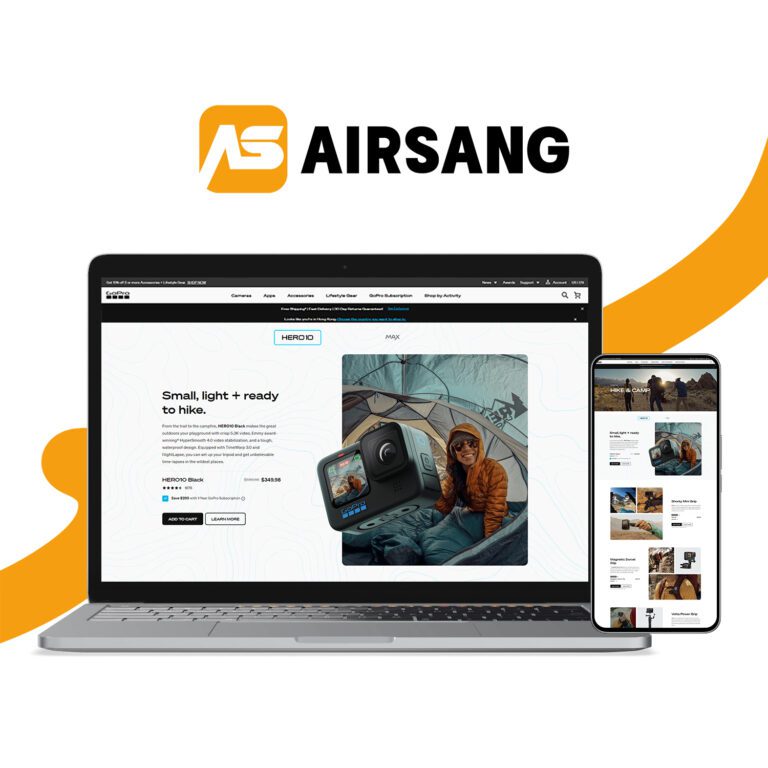How Website Speed Impacts User Experience and Engagement
At Airsang Design, we know you have less than 15 seconds to engage a visitor. If your site takes 3–5 seconds to load, you’ve already lost valuable time—and likely the user. Every second counts. A slow site quietly kills conversions before they begin.

Common Reasons Your Website Loads Slowly (and How to Fix Them)
A slow website often results from small technical oversights that add up. While your team might not notice them, users instantly feel the impact—through long load times and frustrating delays.
Here are the most common performance killers:
- Large, uncompressed images
- Outdated or bloated code
- Too many plugins
- Poor hosting or server setup
- No caching or CDN in place
- Excessive HTTP requests
- Render-blocking JavaScript/CSS
- Unoptimised web fonts
- Missing lazy loading for media
These backend issues directly affect the front-end experience—and your conversions.
How Slow Website Speed Hurts UX and Drives Visitors Away
1) First Impressions Count
Users judge your site in under a second. Slow loads signal unprofessionalism before your content even appears.
2) Speed Shapes Behavior
Every second of delay increases bounce rates:
- 1s delay = 7% drop in conversions
- 40% of users leave if load >3s
- Fewer page views and shorter sessions
Users won’t wait—they leave and don’t return.
3) Mobile Users Are Less Forgiving
Mobile traffic dominates, but users on-the-go expect speed. Delays = lost trust and lost visitors.
Google’s mobile-first indexing means slow mobile = lower SEO rankings.
4) Poor Speed Hurts SEO and Sales
Site speed affects your search rankings and revenue. Amazon found a 100ms delay could cost 1% in sales—imagine a 3s delay for an SMB.
5) It’s an Accessibility Barrier
Not all users have fast devices or networks. A slow site excludes them, reducing usability and reach.
Fast performance improves inclusivity and user experience for everyone.
What You Can Do to Improve Website Speed
Improving website speed isn’t as complex as it seems. Start with:
- Compressing images without losing quality
- Using a CDN for faster asset delivery
- Minimising HTML, CSS, and JavaScript
- Enabling caching for quicker repeat visits
- Auditing performance with tools like PageSpeed Insights
At Airsang Design, we specialize in performance-driven websites. With years of experience, we help businesses fix speed issues and build fast, conversion-focused digital experiences.
Conclusion
Speed silently kills user experience—but it’s fixable with the right approach.
At Airsang Design, we put users first by building fast, optimised websites that perform across all devices. If your site feels slow, we’ll help unlock its full potential and boost conversion opportunities.
Let’s speed things up—contact us today.
















